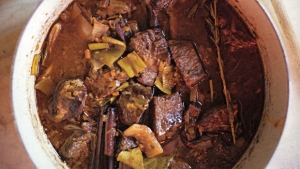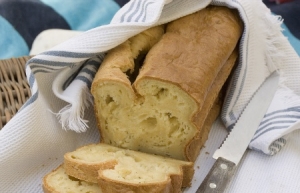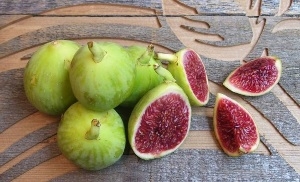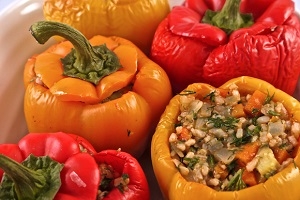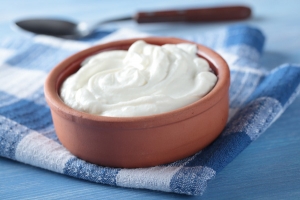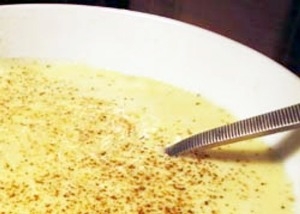Ingredients
Pastry Base Ingredients:
1/2 kilo kataifi pastry dough
1/2 cup melted unsalted butter
Syrup Ingredients:
1/2 cup sugar
1/4 cup water
1 cinnamon stick
1 tsp. fresh lemon juice
Custard Ingredients:
7 egg yokes
6 cups milk
1 1/2 cup sugar
7 tbsp. fine semolina flour
2 tbsp. corn flour
grated rind of 1 lemon
1 tsp. vanilla
Topping Ingredients:
2 cups sweetened whipping cream
1 tsp. vanilla
Heat your oven to 190C. Butter a 30cm pan. Make sure it’s a deep one so it will accommodate the layers of pastry, custard and cream.
Make the base. Take the Kataifi pastry and pull the strands apart so it lays light and fluffy on the bottom of the pan. Brush the pastry with the melted butter then put it in the oven to toast. Just a few minutes should be enough, as you want it golden brown.
Make the syrup. In a small saucepan, boil the sugar with the water and cinnamon stick. You only need to boil it until it thickens a bit, but if you prefer thicker syrup, just keep boiling off the water. Be careful though, you don’t want the syrup to burn or caramelize. When it’s thick enough for your preference, remove from the heat and stir in the lemon juice. Pour the hot syrup over the toasted pastry base.
Make the custard. In a medium saucepan, beat the sugar and the egg yokes together. Slowly add the semolina flour, milk, and the corn flour, alternating them until all are incorporated. Move the pan to medium heat and cook this custard, stirring constantly. Again, be careful, you don’t want to scorch it, so keep right over it and stir continuously. When the custard thickens, remove from the heat. Beat in the vanilla and the lemon rind then pour the custard over the syrup/pastry base.
Let the whole thing cool completely before you add the final topping. If you like, you can refrigerate it overnight and make the topping the next day.
Make the Topping. Beat the whipping cream with the vanilla until its stiff. Spread this over the cooled custard/pastry and there you have it.... Ekmek!! You can garnish the Ekmek with maraschino cherries, chopped almonds, whole pitted dates, or whatever takes your fancy.
By Susie



